Where better to talk about dead presidents than over beer and wings at Jim’s Saloon in East Pembroke, New York, three days before Millard Fillmore’s birthday?
Across the table from me is Pat Weissend, a convivial bank manager and former museum director who has visited the gravesites of all thirty-nine dead presidents and all but two of the forty-three dead vice presidents of the United States. (The hard-to-get veeps are Walter Mondale, whose ashes have yet to be interred under the cold hard Minnesota ground, and Nelson Rockefeller, whose private and inaccessible burial spot is the Holy Grail of the grave-hunting community.)
We’re chatting about twenty miles north of President Fillmore’s old law office and an equal distance east of his remains in Buffalo’s Forest Lawn Cemetery, whose primary tourist attraction is the headstone (“I’ve Had it All/I’ve Done it All/I’ve Seen it All/It’s All About Love/God is Love”) of Rick “Superfreak” James.
Pat’s interest in US presidents was sparked in his boyhood by little effigies his aunt gave him. I had the same set, which my grandmother bought president by president at Star Market circa 1970. Unlike Pat, I didn’t try to decapitate mine by shooting rubber bands at their heads.
He took up his hobby in earnest in 1996 with visits to New Yorkers Martin Van Buren (Kinderhook) and Chester Arthur (Albany). He and his wife Peggy, Pat’s equal in brio, cheer and uproarious good humor, have since crisscrossed America, knocking off Oval Ones and second bananas and also-rans, typically on side trips from Kiwanis conventions.
As his target list of electoral-vote winners and losers shrank, Pat added New York governors. He’s notched forty-five of the fifty-three and expects to nab about half of the holdouts, including Mario Cuomo, on an upcoming trek to the Vampire City.
In a fit of madness Pat once considered canvassing every deceased cabinet member, but he regained his senses, and so he has yet to make the acquaintance of commerce secretaries Luther Hodges (Eden, North Carolina) and Frederick Mueller (Grand Rapids, Michigan).
The grandest and gaudiest memorials, opines Pat, are dedicated to assassinated Buckeyes Garfield and McKinley, and the most modest (and out-of-the-way) is Calvin Coolidge’s humble stone in Plymouth, Vermont. (“You’d never know it was his other than the presidential seal.”)
Pat hasn’t a morbid bone in his body, so why not birthplaces instead of resting places? Because “some aren’t there anymore,” he says, instancing Rutherford Hayes, who came into this world on a piece of earth that is now a gas station.
A hunter’s work is never done. Pat still has thirteen losing presidential candidates and fourteen losing vice-presidential candidates to go. They range from Nathan Sanford (Flushing, New York), Henry Clay’s 1824 running mate, to George Wallace’s bomb-happy 1968 partner Curtis LeMay (Colorado Springs, Colorado).
Trespassing is only a crime if you get caught. Pat has jumped fences in Oyster Bay, Long Island, to pay his respects to Teddy Roosevelt, and Timonium, Maryland, to bask in the spectral presence of Spiro Agnew. “I told the Roosevelt story on my website patspresidentialplaces.com,” he says, “and the caretaker wrote, ‘Trespassing is not funny. If I had caught you I’d have had you arrested.’”
Hey, sexton, TR the maniacal imperialist didn’t respect boundaries, so why should Pat? Woodrow Wilson, entombed in Washington, DC’s National Cathedral, is typically one of the easiest dead presidents to find, but on Pat’s first attempt the cathedral was hosting a memorial service for Princess Di and so was closed to the hoi polloi.
“C’mon,” Pat’s brother pleaded to a guard. “We just want five minutes.”
“Not today,” she replied. Brother Weissend, perhaps having seen too many movies, pulled a twenty from his wallet and dangled it before the stern sentry. She was, alas, incorruptible, at least at that price.
Pat finally nailed the priggish maker of war and shredder of the Bill of Rights a decade later.
Under my beery questioning Pat admits that he, like others in his fraternity, has the inevitable trip to Plains, Georgia, all mapped out. He figures that as long as he’s in the neighborhood, he’ll also knock off Herschel Johnson (Louisville, Georgia), running mate of Democratic candidate Stephen Douglas in 1860, and Fielding Wright (Rolling Fork, Mississippi), undercard on Strom Thurmond’s Dixiecrat ticket in 1948.
Like any bucket list, there’s always another item to cross off. And when there isn’t? Well, those 600-plus cabinet secretaries are still waiting.
This article was originally published in The Spectator’s March 2024 World edition.



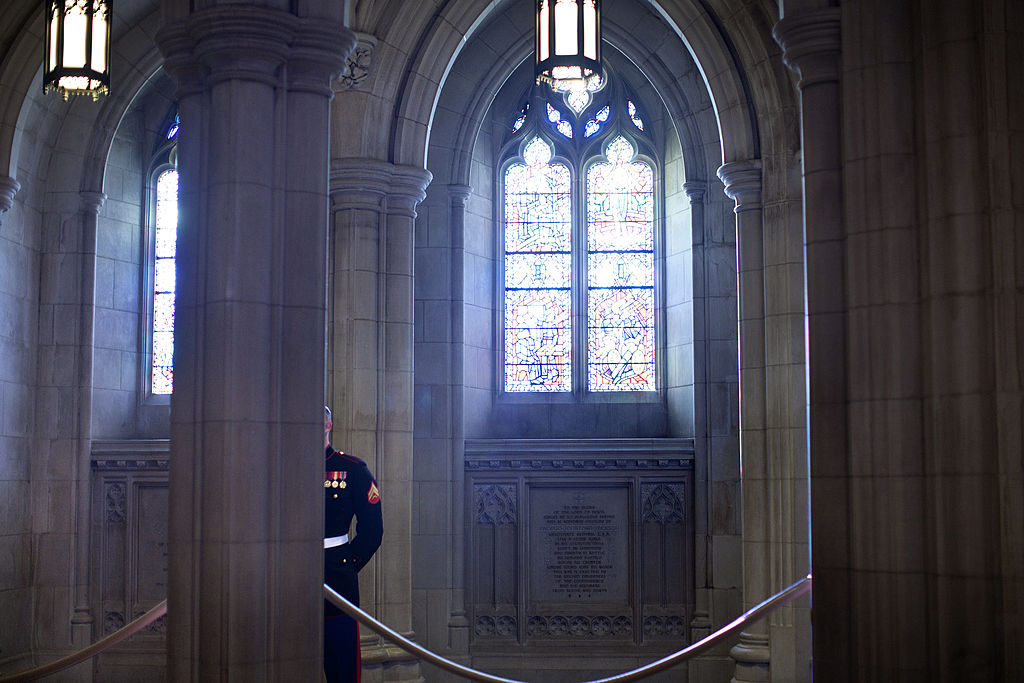






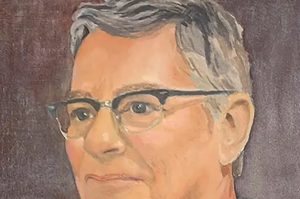
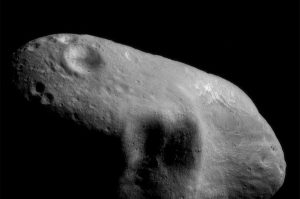
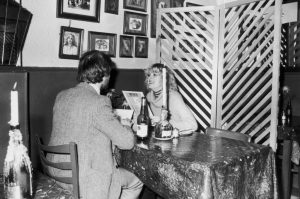
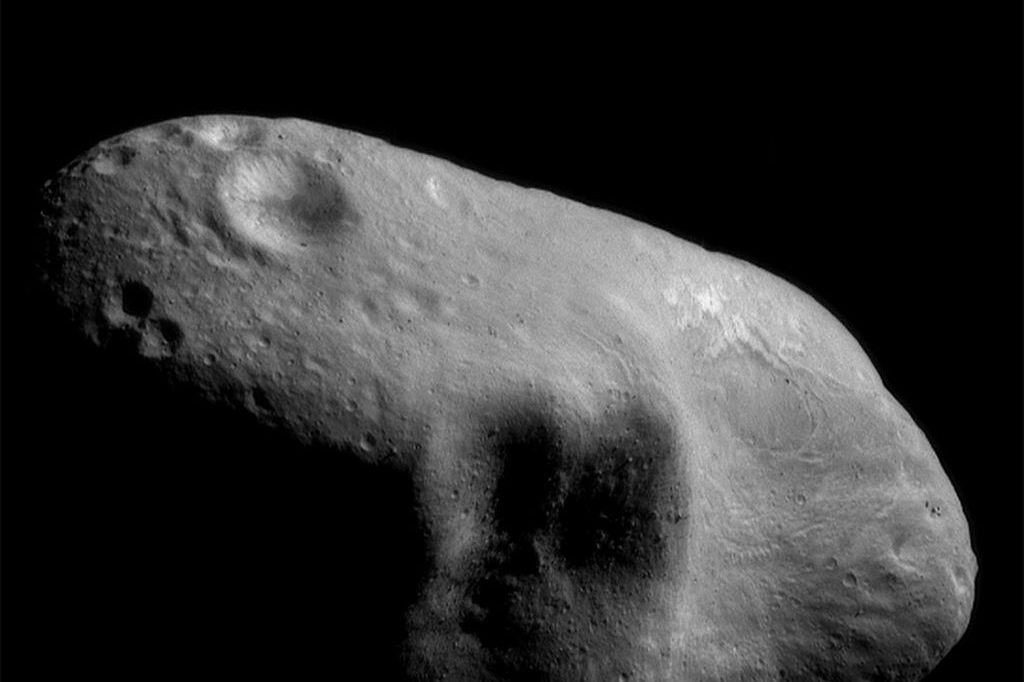
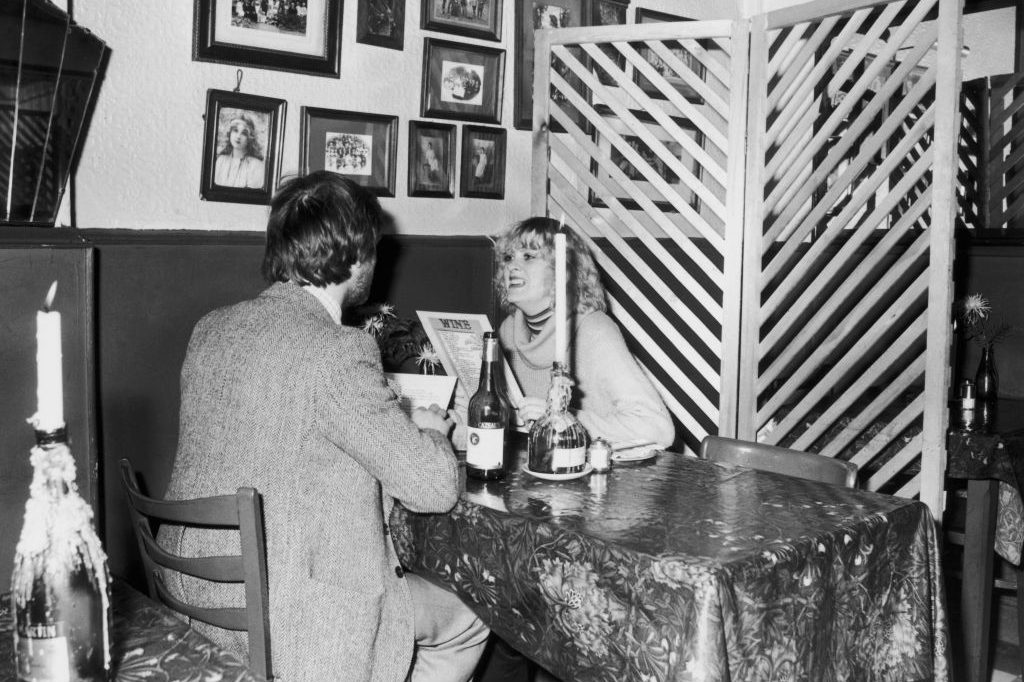
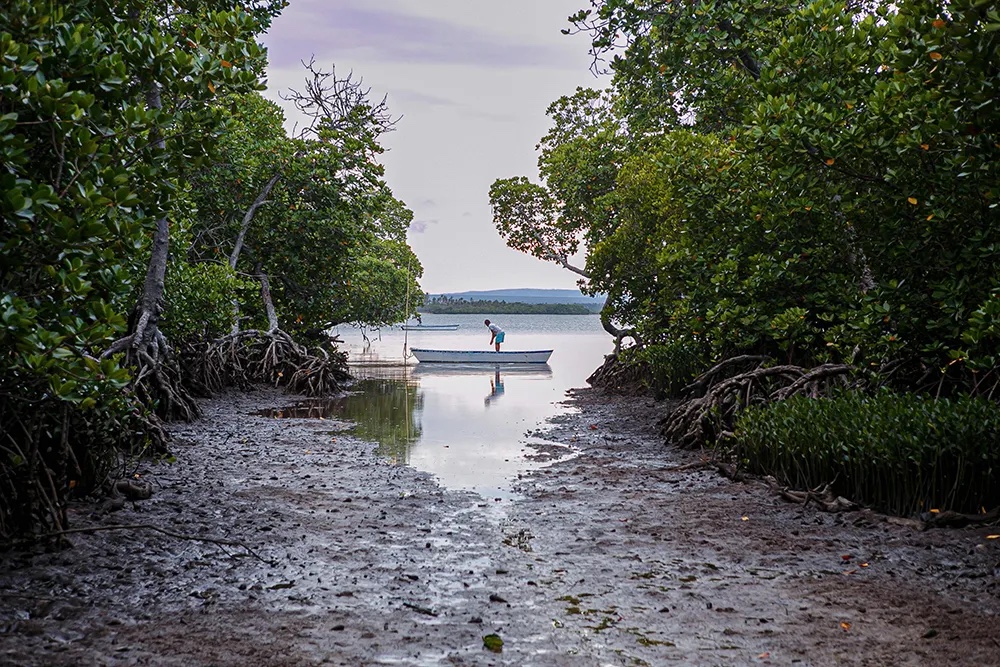
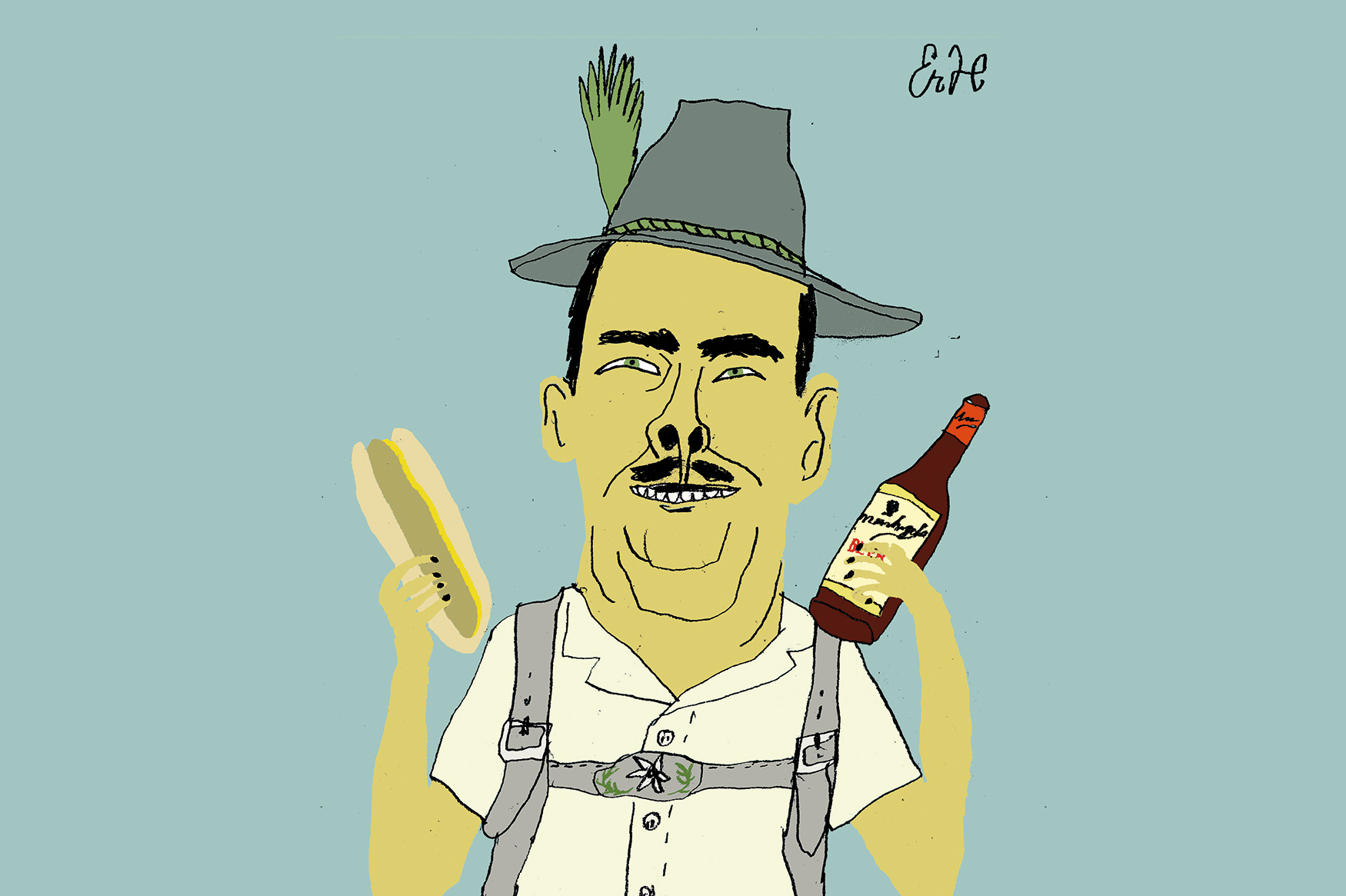
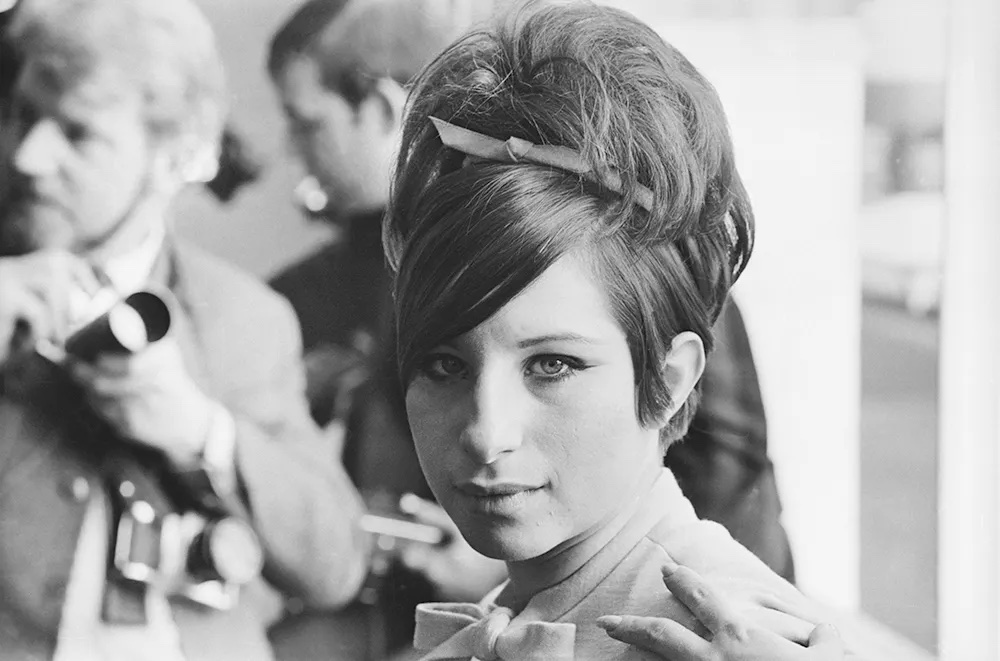
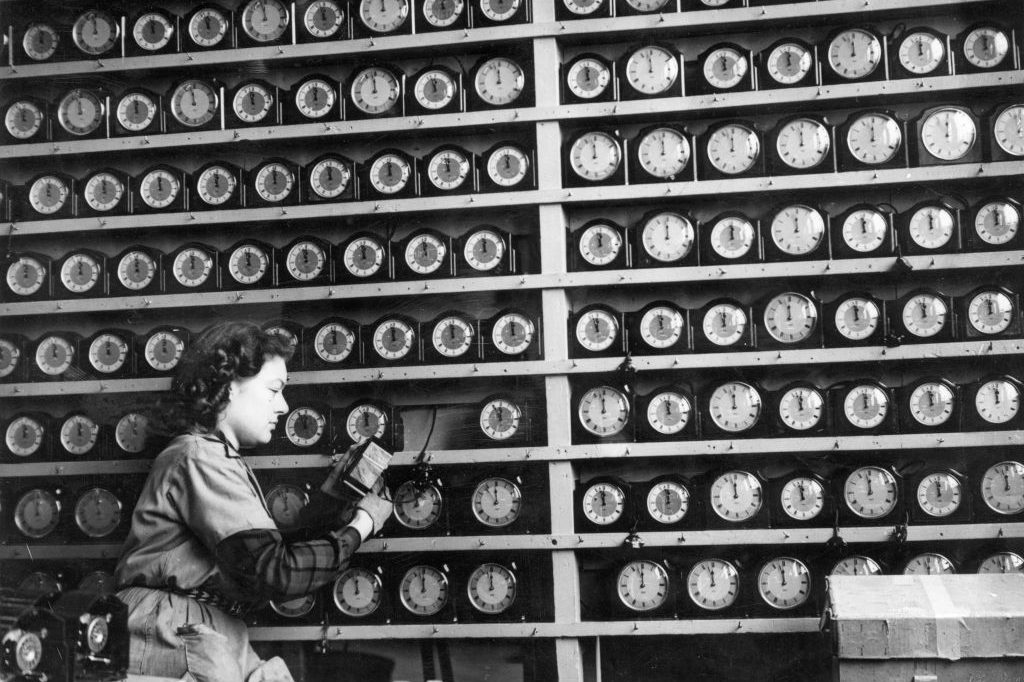







Leave a Reply